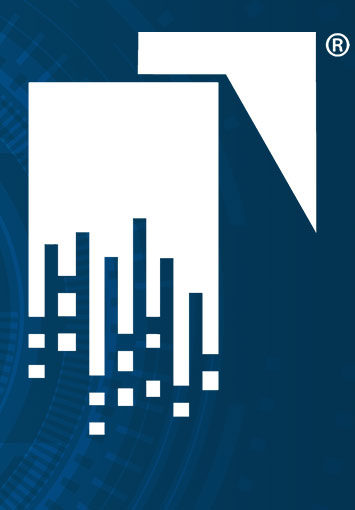Records Management Knowledge Center
Learn how to manage, organize, and store your critical data more efficiently.
Improving the accessibility and security of your data doesn't need to be difficult. Our knowledge base contains all the information you need to make informed decisions when its time to modernize your records management practices.
Clear and accurate patient records are essential for delivering quality care. Digitizing patient charts simplifies records management, giving clinicians immediate access to up-to-date information while reducing the manual labor required to maintain paper files.
FADGI compliance has now become a critical part of managing digitized records, especially for federal agencies and organizations that handle cultural, historical, and public records. These guidelines, which focus on achieving high-quality digital reproductions, ensure that digitized records meet stringent quality standards, helping preserve these important documents for future generations. Whether you’re already working within
Business owners often find that as their company grows, the number of invoices that need to be managed increases exponentially. Without hiring additional employees, it can be difficult to keep up with the demand, leading to missed payments, duplicated invoices, and data entry errors. These small errors can lead to big problems, including damaging vendor
With data breaches and identity theft on the rise, businesses and their customers face constant reminders of the consequences of poor data management. To counter this growing threat, many businesses are investing heavily in security and infrastructure to ensure that their sensitive data is properly protected. However, processes for properly destroying unnecessary data when it
Transforming paper records into a well-organized, easy-to-use digital archive is no small task. Without the right experience or equipment, the process can quickly become overwhelming, and there’s a lot that can go wrong along the way. That’s why many businesses choose to outsource their document scanning projects to a professional company like SecureScan. Working with
Many businesses are switching from paper record-keeping systems to electronic recordkeeping. But why take on such a seemingly complex and time-consuming process? If everything is working fine as it is, why make the change? The truth is, paper is an extremely inefficient way of managing information, and businesses that still rely on it are at
Keeping records organized and easy to access is an important part of running a business. It helps you find things like contracts and customer invoices quickly when you need them, minimizes the risk of mishandling sensitive personal information, and makes meeting your record retention requirements easier and less stressful. Managing records manually, especially paper records,
When dealing with sensitive personal information, there’s no room for error. Business owners are responsible with protecting this data, whether it’s financial records, health information, or legal paperwork. A single mistake, such as losing a document containing someone’s personally identifiable information (PII) can lead to serious consequences, potentially exposing your business to data breaches, legal
As digital storage becomes more affordable and accessible, many businesses are moving away from physical documents altogether, choosing instead to store their records electronically. This makes sense, because as we all know, paper-based recordkeeping results in lower productivity, higher costs, and and poor data security. However, it can be difficult for those with a large
Businesses generate more records than ever before. From employee files and financial reports to contracts and customer data, the amount of information that needs to be managed grows every day. Without proper records management practices in place, that growing volume can start to feel like an avalanche. Employees end up spending half their time searching









